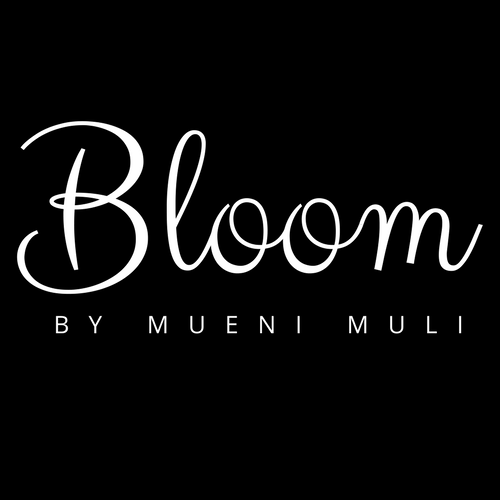It’s quite an irony that these two words rhyme and yet they are at two pinnacles of life in great contrast to one another. Life and death.
The womb. It was our first bed as we lay there for months, preparing to come into this world. It is a marvellous organ. I use that word intentionally since I marvel at the uterus every single day while in my Obstetrics and Gynaecology rotation. I wonder how something as small as a fist expands to accommodate an entire human being. Not only that, but it can happen multiple times. The other day I saw a woman who had had 10 pregnancies. Slow clap! I can only imagine what that journey has been like for her!
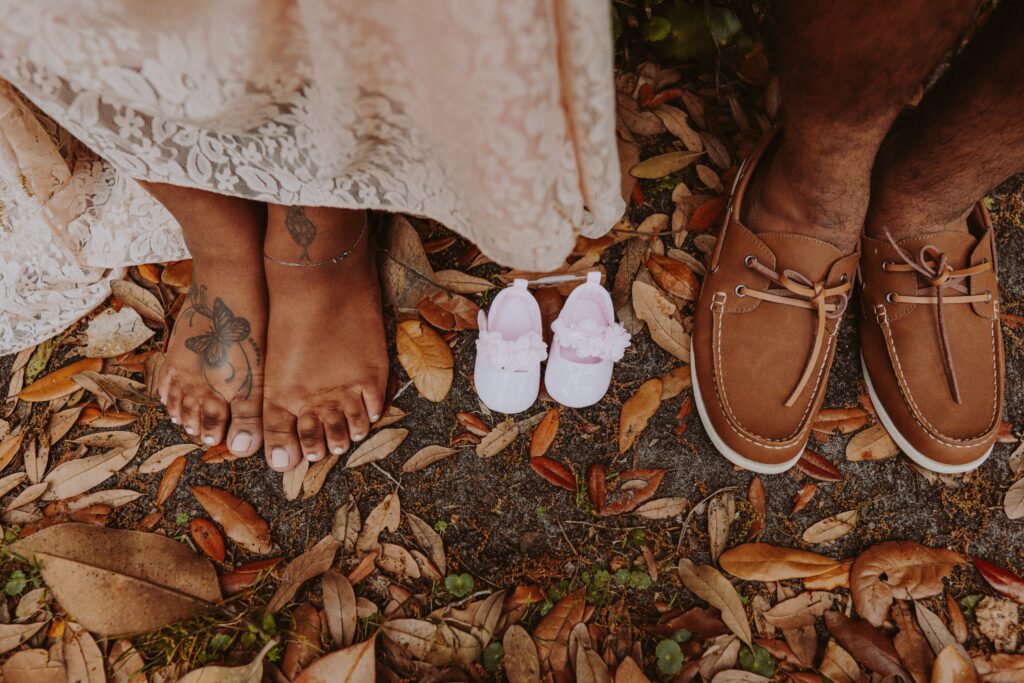 The tomb. It is a dreaded place to lay. So dreaded that some say ‘God forbid’ even when one mentions writing a will. Death isn’t a welcome visitor, yet one day it will knock at each of our doors. But a tomb for a child? A grave for a life that didn’t see the light of day? Is that really fair?
The tomb. It is a dreaded place to lay. So dreaded that some say ‘God forbid’ even when one mentions writing a will. Death isn’t a welcome visitor, yet one day it will knock at each of our doors. But a tomb for a child? A grave for a life that didn’t see the light of day? Is that really fair?
I asked myself these questions the other day as we examined a stillbirth (ie. death of a baby before or during delivery). The baby had anencephaly (where a baby is born without parts of the brain and skull.) We had already seen this on ultrasound and accounted for it in the delivery plan by carrying out induced labour for the mother. But even then, I wasn’t prepared for it. Seeing the baby’s fragile limp body laying there made me queasy. The baby’s head was missing the calvarium (skull) and the cerebrum. As we examined the baby for any other fetal malformations, I saw the mother peeping in our direction. I wondered if she would change her mind and want to look at the baby. She had initially declined and I could see why in her eyes. Such deep sorrow, as she blinked away the tears that had welled up in her eyes.
These thoughts were drowned out by the sound of the consultant teaching us how to examine for fetal and placental malformations. Somewhere in between she mentioned how the longest she’d seen a baby with anencephaly live was all of 91 days. A precise number. Hmm! It remains a statistic to us medics, but an unfortunate reality for some mothers.
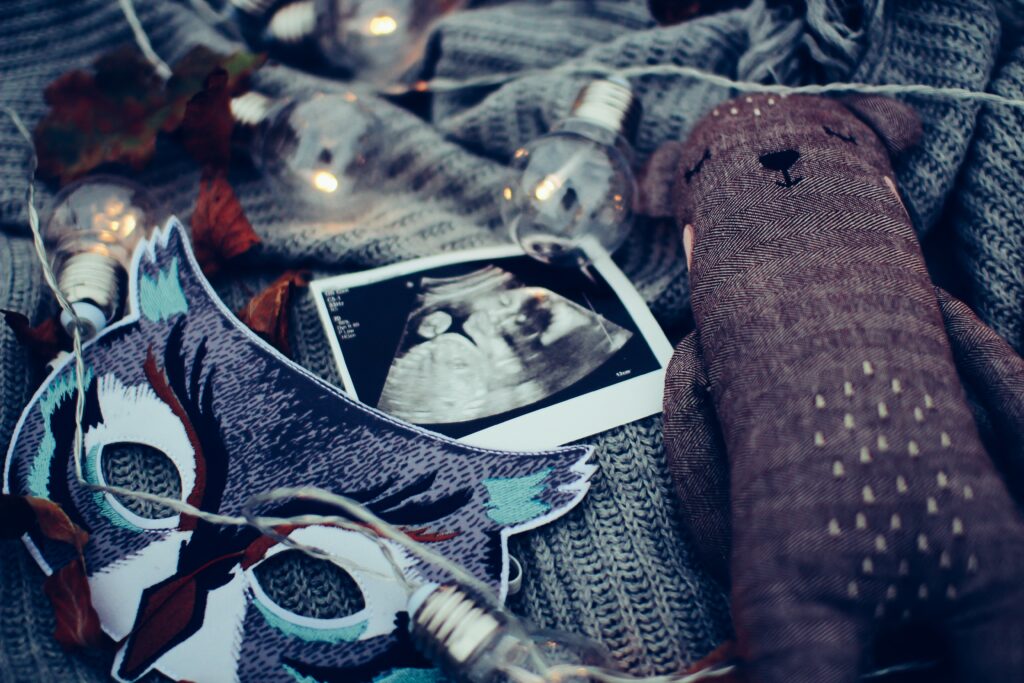 I saw the phrase ‘womb is a tomb’ from Instagram, where one of the ladies I follow was sharing about her journey with miscarriages. She has a gold necklace with pendants engraved with initials of the first letter of the names of the children she’s lost. I saw the post a few weeks into my rotation and wondered how triggering it must be to be asked the question “Umepoteza mimba zozote? “ (Have you had any pregnancy losses?), yet it is such a frequent question we ask as medics. Some ladies respond “not yet” to which I silently note the use of that word yet.
I saw the phrase ‘womb is a tomb’ from Instagram, where one of the ladies I follow was sharing about her journey with miscarriages. She has a gold necklace with pendants engraved with initials of the first letter of the names of the children she’s lost. I saw the post a few weeks into my rotation and wondered how triggering it must be to be asked the question “Umepoteza mimba zozote? “ (Have you had any pregnancy losses?), yet it is such a frequent question we ask as medics. Some ladies respond “not yet” to which I silently note the use of that word yet.
The lady in the post went on to say that she’s seen God’s faithfulness in spite of the losses, as she went on to have two lovely children, but each time she celebrates what would have been her children’s birthdays, the dark cloud of sorrow hangs over her yet again. Groans and moans of a womb as a tomb.
Then there was a mother who had an intrauterine fetal death due to abruption of the placenta (seperation of the placenta from the uterine wall). She had severe vulval swelling as well post-delivery. The following day, I went to check up on her in the ward and at the end of the conversation, tried to comfort her because of her loss. She responded “Nishapoa daktari” (Doctor, I am already well). I was taken aback by her response. “Well? How can you be well one day after your loss?” I thought. Perhaps it was a coping mechanism; undone as her forlorn affect had given it away. Curled up in bed, I wondered what went through her mind when she heard the babies crying in the nearby nursery. How would that make her feel? Did the cries stimulate milk flowing down into her breasts? We were already giving her a medication to help reduce milk production, but of what use are breasts full of milk if they will not be suckled by the little bundle of joy your heart had eagerly awaited to love and to hold?
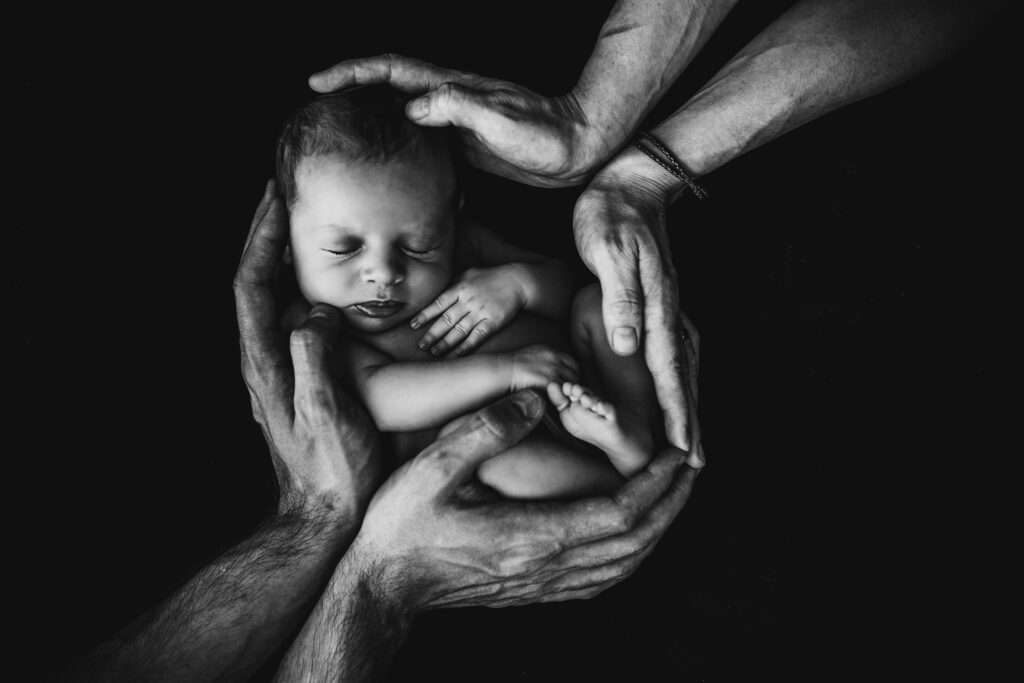 I am still learning how not to be engulfed by compassion fatigue due to the heaviness of such emotions, to the point that it affects my own emotional health. In all these scenarios, I end up feeling terrible about battling feelings of whether I want to have children or not, yet many women are struggling to get them.
I am still learning how not to be engulfed by compassion fatigue due to the heaviness of such emotions, to the point that it affects my own emotional health. In all these scenarios, I end up feeling terrible about battling feelings of whether I want to have children or not, yet many women are struggling to get them.
How can I really give hope to the woman with blocked tubes whose husband went to get another wife ten years ago so that he could have children, when I have many questions surrounding child-bearing myself? Could I really put myself in the shoes of the lady who thinks walking around the previous day while shopping is what caused her miscarriage the following day? Oh how seeing her curl up in her husband’s embrace as I broke the sad news to them made me shudder. When the womb becomes a tomb. A great tragedy.
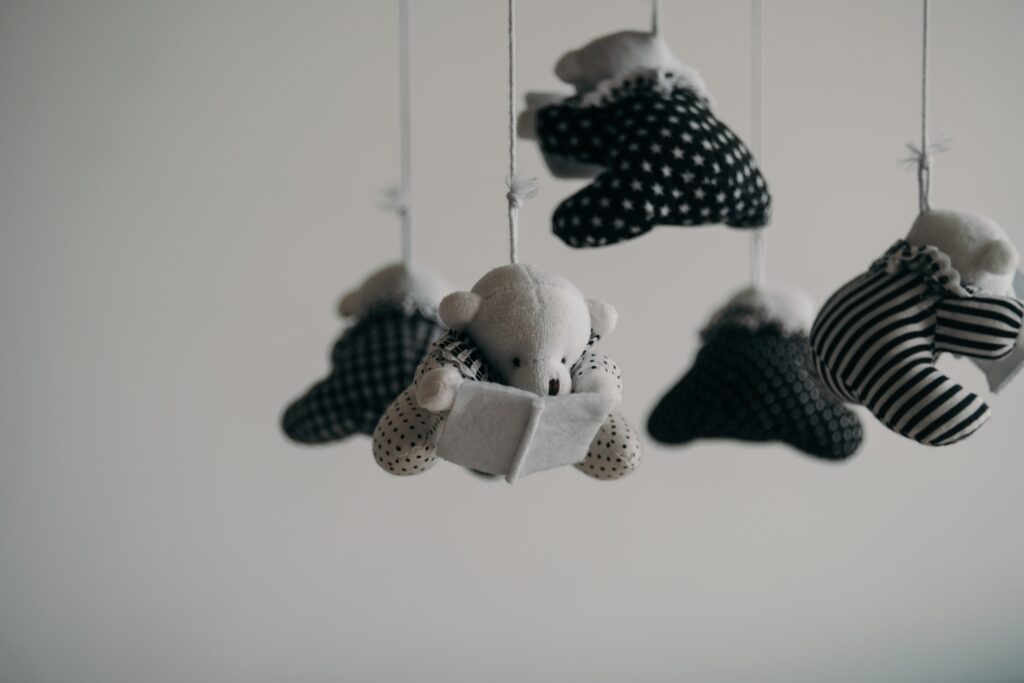
This blogpost is an honest musing of my day to day internship experiences. The reflections aren’t to highlight anyone in the scenarios, or seek comfort, but just to pour my thoughts out. I welcome any conversations around them. Soli deo gloria.
(All photos are from Unsplash.com.)
